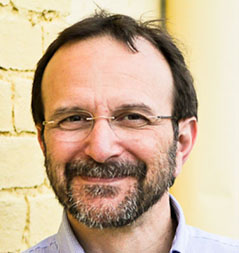From ASM Microbe in Atlanta, Georgia, Arturo joins TWiM to reveal the threats that fungi pose to human health, including the notorious Candida auris and many more.
TWiM discusses a dispute about whether the mycobiome plays a role in the development of cancer, and the structure and function of channels that are delivered to plant cells by pathogenic bacteria.
TWiM explains how magnesium modulates cell division frequency of a soil bacillus, and killing of fungi by Acinetobacter baumannii via a Type VI DNase Effector.
In this episode, how polysaccharides keep cyanobacteria afloat in the oceans so that they can carry out photosynthesis, and a symbiotic bacterium that protects honey bees from fungal infections.
TWiM presents an episode for mycophiles: how bacteria disarm mushroom pathogens, and the role of the CARD9 protein in protective immunity against pulmonary cryptococcosis.
The TWiM team considers the state of the world’s fungi as revealed by a report from the Kew Royal Botanical Gardens, and how Salmonella loses motility to evade host defenses.
The TWiM hosts reveal why phosphorus is essential for fungal brain disease, and how bacteria kill local competitors to favor the evolution of public goods cooperation.
Vincent, Elio and Michele wind up a year of microbial podcasts with a story about the lack of resistance to a crop antifungal compound, and how a bacterium uses a molecular caliper to measure membrane thickness.
Vincent, Michael, and Michele reveal how a fungal protease blunts the innate immune response and promotes pathogenicity.
The TWiM team wonders why definitions in biology often change, and discuss how the small molecule terrein is important for the growth of a soil fungus.


